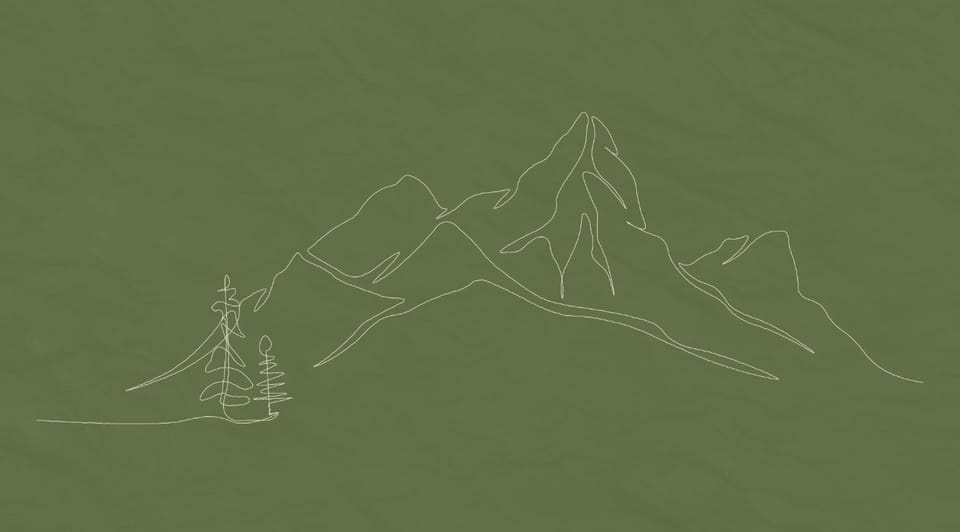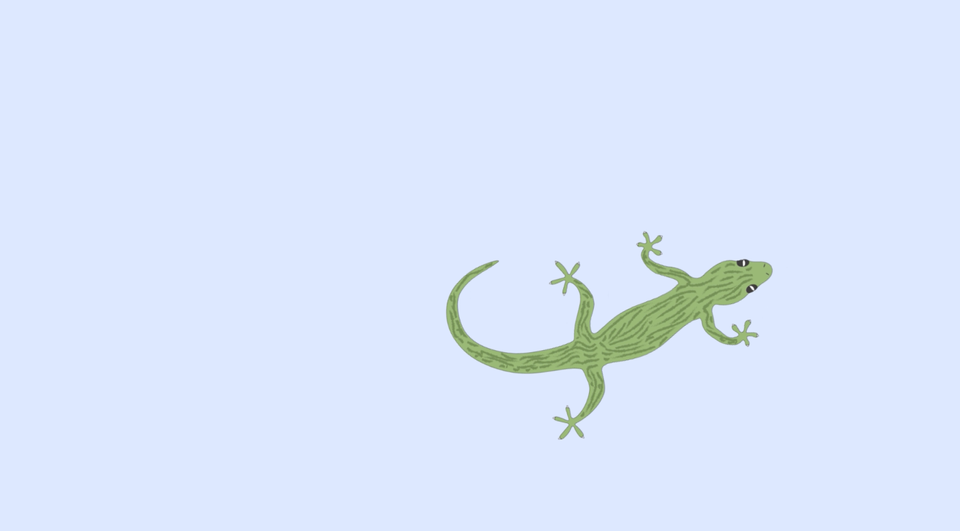Process Document.
Before starting this Module I knew I had to improve my technology skills, organise my work better, branch out and go out of my comfort zone. This module has taught me that there are so many different ways to approach a brief and sometimes the best way to do this is to try something and may just surprise yourself. This module has challenged me; learning something new whilst creating something I want to be proud of is difficult but rewarding.
Week 1
The first task we were given was to come up with an idea to create awareness in a public space for the neurodivergent. This was a group task (Lauren Clements, Lottie Muckelroy, Ruby Bennet and Madeleine Mustow) we brainstormed together, listening to each other's ideas, and once we had decided on one, we all went away and did our research. To keep in touch with each other on what we have done we used a Snapchat group chat to discuss and then used Google Slides to allow us all to add to it and share a PowerPoint to explain our idea in the seminar.
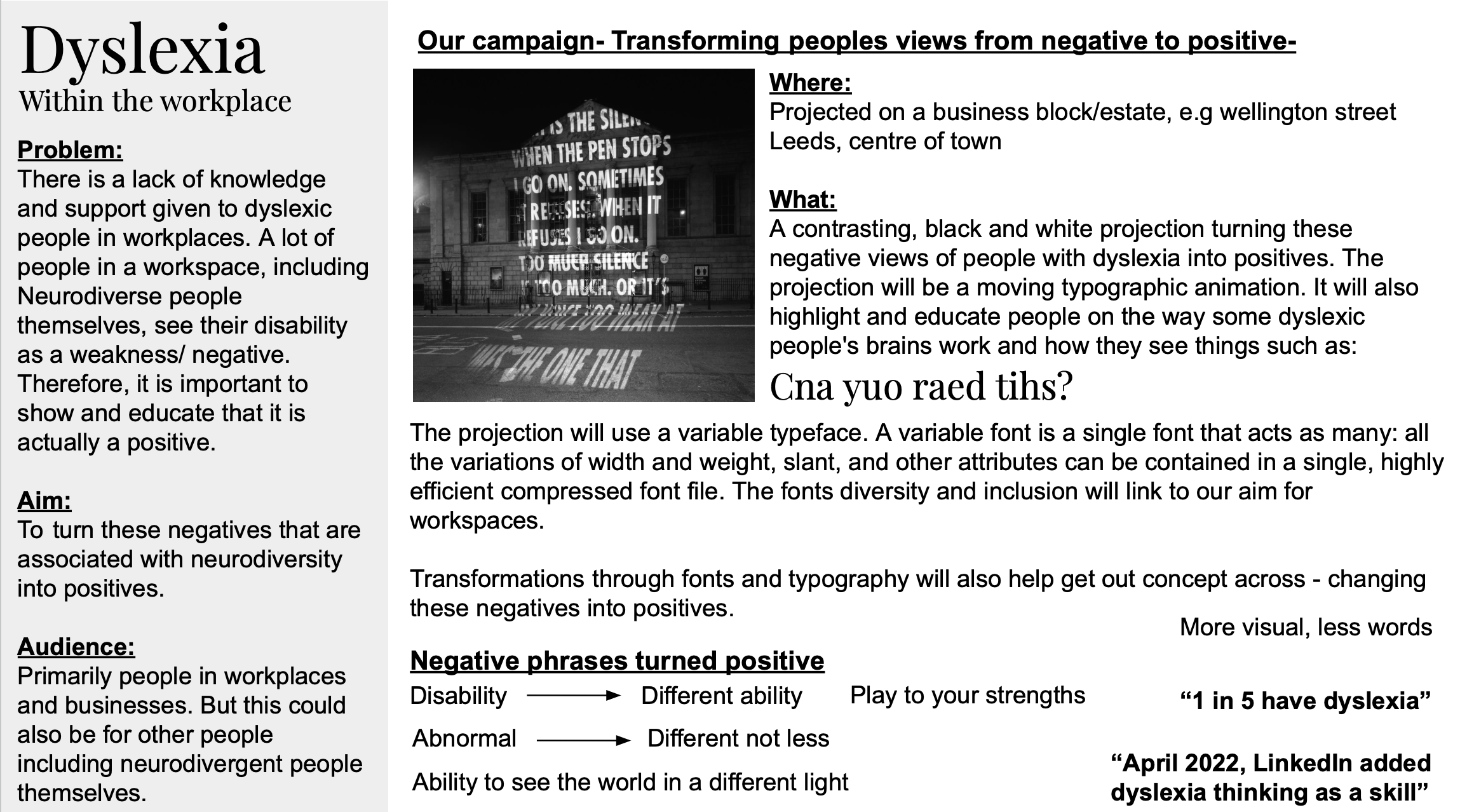
After having used Figma further into the module, I would have suggested we work as a group of 4 on that due to the fact Google Slides can be slow when loading, especially with multiple people adding at the same time. Although I think the Google Slides worked well for us if it was a much larger task and we wanted to expand more I would suggest using Figma.
During the first week, we were assigned to access the 10 Laws of Simplicity By John Maeda and pick two we felt resonated with my thinking towards technology and that I felt were most important. I chose Reduce and Emotion. I created a visual framework of images, textures, a digital project and a colour pallet. Click here to see my blog post! https://leeds.graphics/fivepoint2/visual-framework-3/
Week 2
In this next task, we have the opportunity to go back to a previous project we completed and think about what technologies had been discussed, how this would change the project and how it would change your future approach to a project. You can see my blog post here! https://leeds.graphics/fivepoint2/5-2-2-reflective-exploration-of-emerging-technologies-4/
Integrating VR into one of my previous projects completely changed the meaning of my book cover idea before learning about VR and AR, I always considered them to be a game or a new gadget that Apple was coming out with to make people spend money on things they don't need. I now know that they are much more than that: a Blog post on ClassCard by Dhwani Shah explains that VR and AR can help individuals with Autism for multiple reasons, one of them being sensory experiences. It also can help people who struggle in education when they struggle with learning disabilities like dyslexia, dysgraphia, and dyscalculia. It also can be used to help people train and learn in a controlled and risk-free environment.
Week 3
For the third week, we were given a task to create some experimental designs with processing and coding; I have to admit I struggled with this task. I knew I wasn't going to find it easy straight away, with it being something I had never done before, but even as the task went on and Graham was explaining in detail what everything meant, I felt lost.
One problem I faced was that as processing documents got longer, I would lose my place and then end up with an error due to the fact I was putting the wrong things in the wrong places. This felt discouraging at times, but one thing that helped me was the processing website and Chat GBT. I was able to ask questions and ask it to explain in more detail. One thing I was impressed with was the speed and ability that Processing was able to create so many different variations of colours and shapes. In the future, I would love to develop my skills further and become much more confident, it can help me in so many ways, and I feel I would benefit. Read my Blog post here! https://leeds.graphics/fivepoint2/100-variations-5-2-2/
Another task for the week was to evaluate and identify my workflow but also think about what technologies could be used to help support it and reflect. I found this task extremely useful. This is something important to do as a designer; it highlights what steps are useful, improves productivity, encourages consistency and can simplify problem-solving. It's also super important to asses what technologies are working and potential ones that could help. Read my blog post here! https://leeds.graphics/fivepoint2/identifying-workflow-enhancements-3/
Week 4
During the fourth week, we were given six briefs and six outcomes; then, we chose one of each to plan ideas, I did this with Lottie Muckelroy. After using Google Slides in our first task, we decided that a better software for us to use would be Figma, it's faster and much more accessible for us both. After careful consideration, we decided to create a 3D VR experience that showed the complexity women have to face in day-to-day life, this would personalise people's experience and engage users on a deeper level.
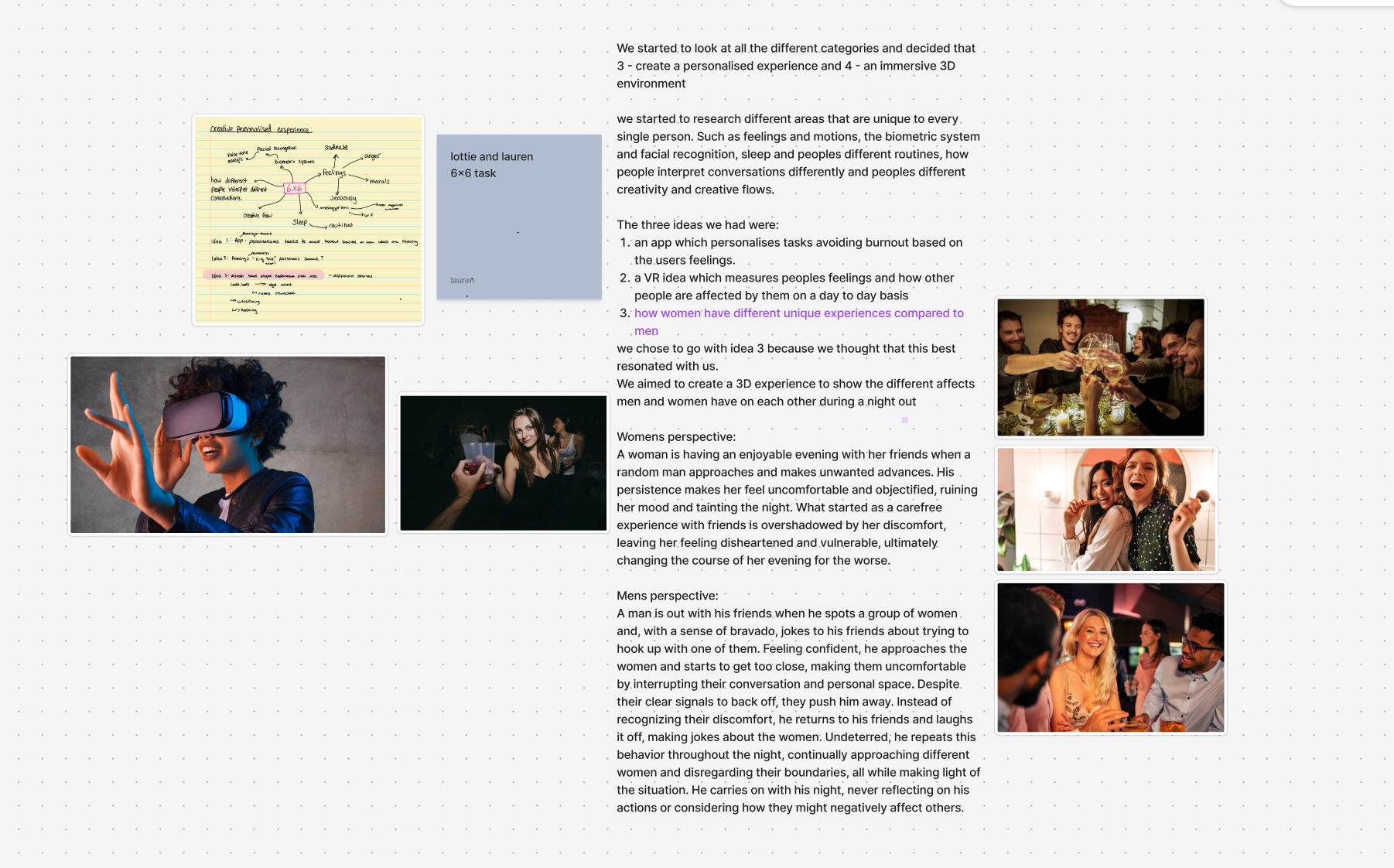
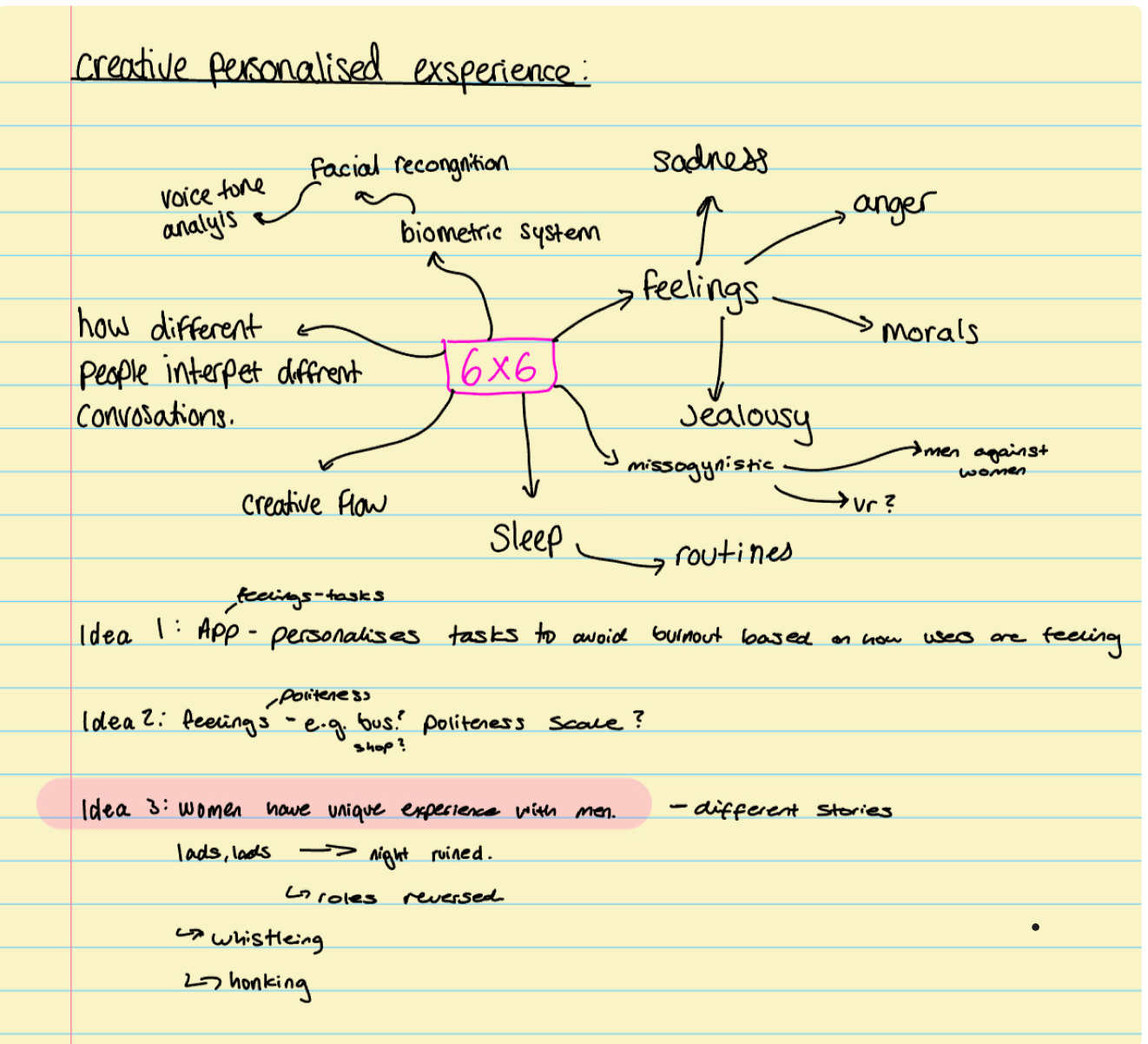
Week 5
When trying to complete the HTML file, I found it difficult again with the coding, and with there being so much material already there, I found it hard to segregate the different sections to know which bit controlled what. I was getting quite frustrated with the fact I would change the colour or the type font, but as I went to refresh, nothing would change, I spent ages trying to figure it out. The other problem I faced was that when I refreshed, I kept losing my place in all the sections. I think if I understood what completely all the codes meant, I would understand where I went wrong. Next time, I would use the resources around me and ask Graham to explain to me in further detail instead of being discouraged but also use Ai to help me, as I have in previous tasks.
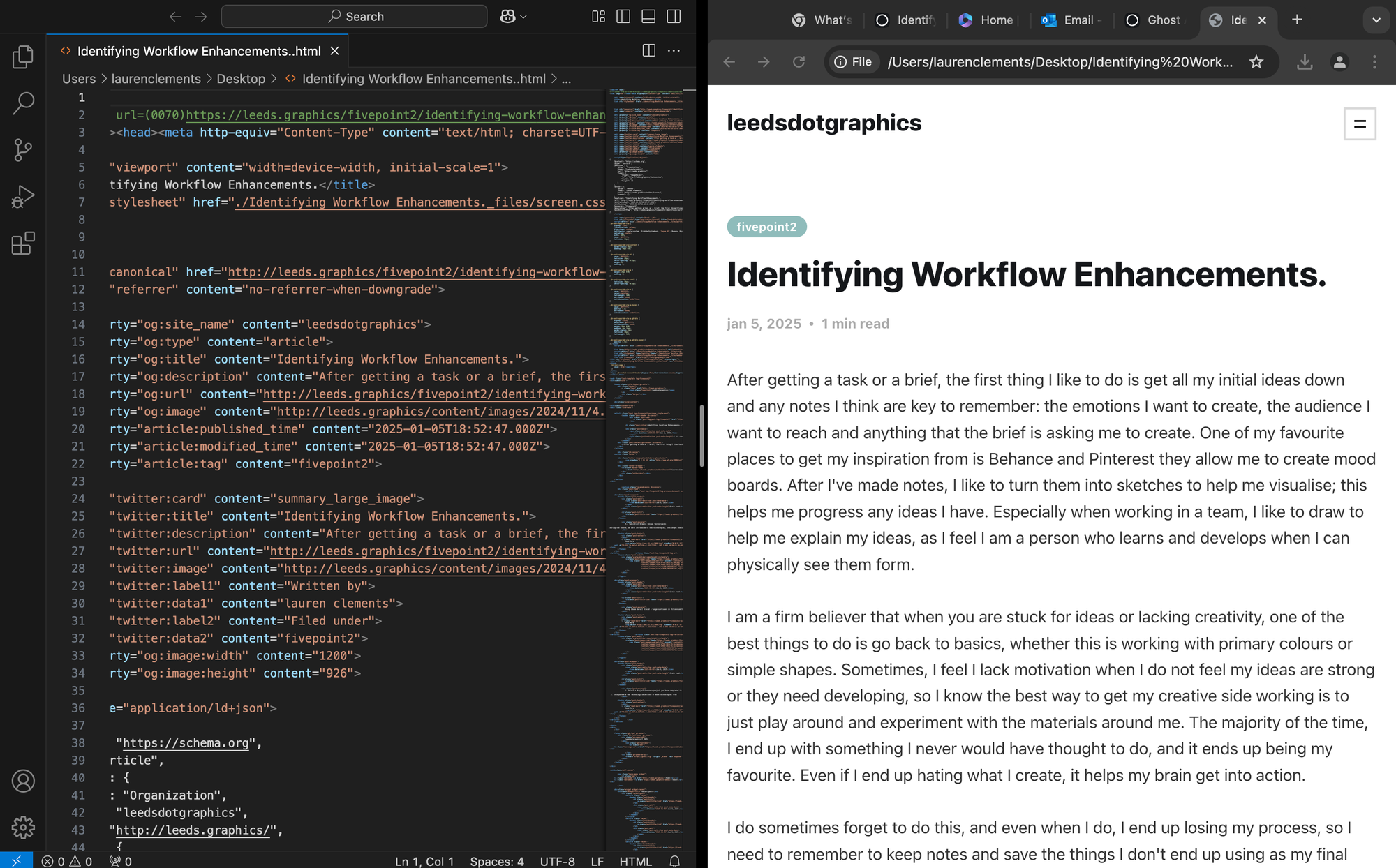
During the last week, we were set a task to critically evaluate 3 brutalist websites so we find a better understanding of visual language, understand design trends, and evaluate tools and resources used to create a successful or unsuccessful website. Read my blog post here! https://leeds.graphics/fivepoint2/brutalist-websites-8/
reflection.
The industry and even the whole world is constantly changing and as an inspiring graphic designer it’s important to evolve with the world around. Graphic designers constantly push the boundaries with emerging technologies with VR and AR. These offer interactive personal experiences, transforming traditional Technologies opens limitless possibilities for designers like myself. Learning about technologies has expanded my opinions and the way I look at technologies and can appreciate them.
I feel I have developed skills that I still need to improve on but have opened and changed the way I approach and going out of my comfort zone, I would say I definitely need to improve on is asking for help when needed and not struggle in silence. One thing that surprised me about this module, was that I thoroughly enjoyed was posting blogs about how I found each task. It really helped me look back on what I enjoyed and didn’t. Through out this module Chat GPT has helped me with wording my blogs and structuring them, but also Gramerly has helped a lot with my misspelling and punctuation.
